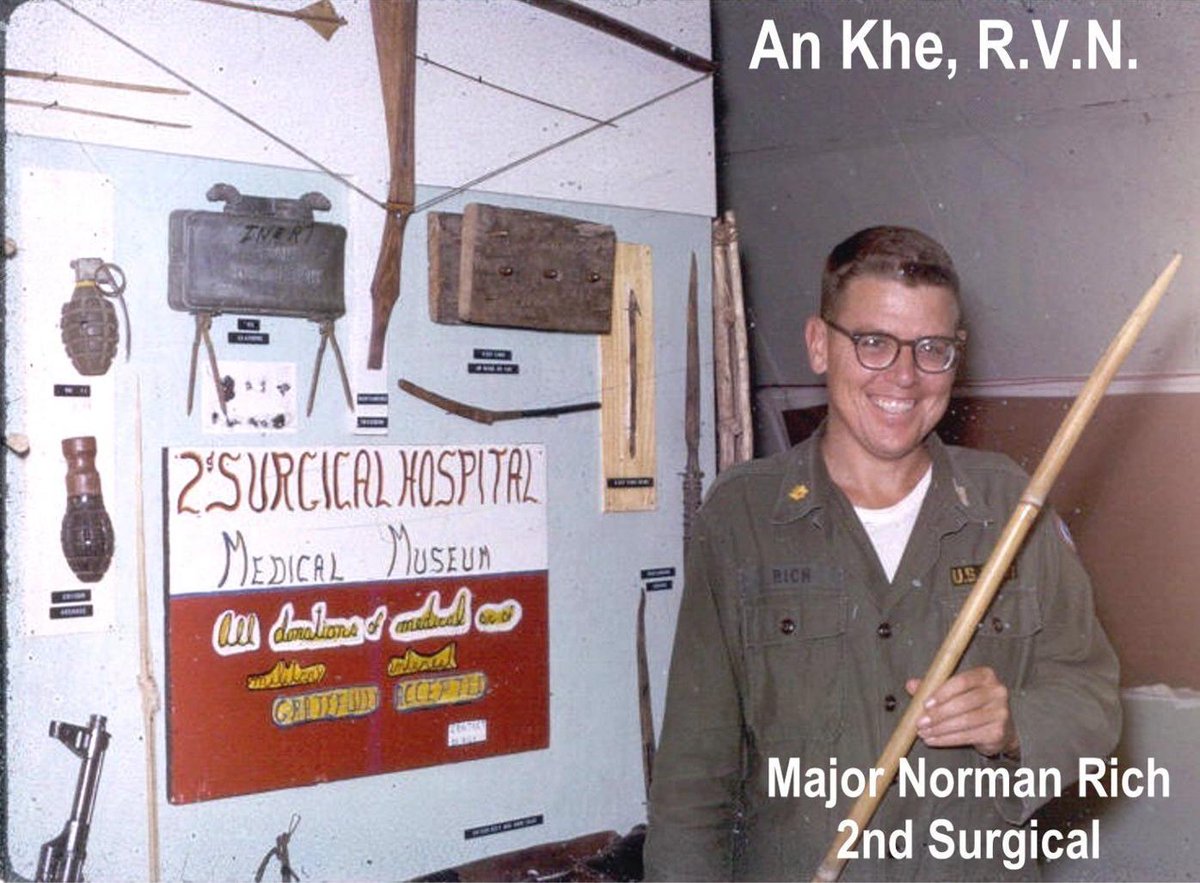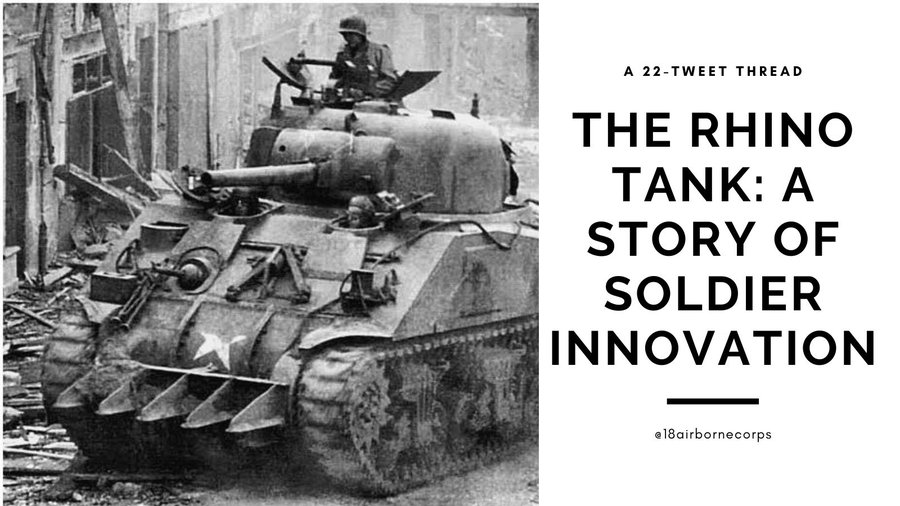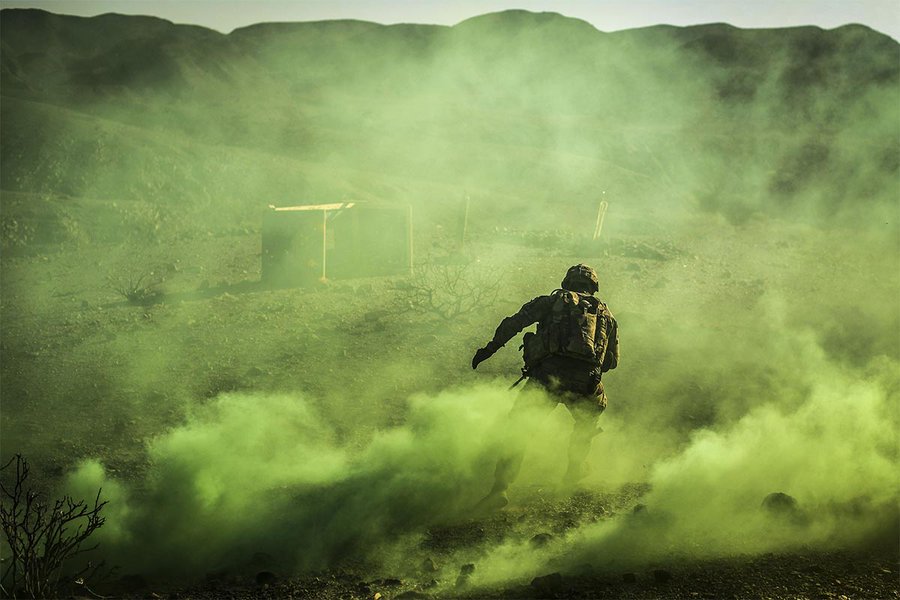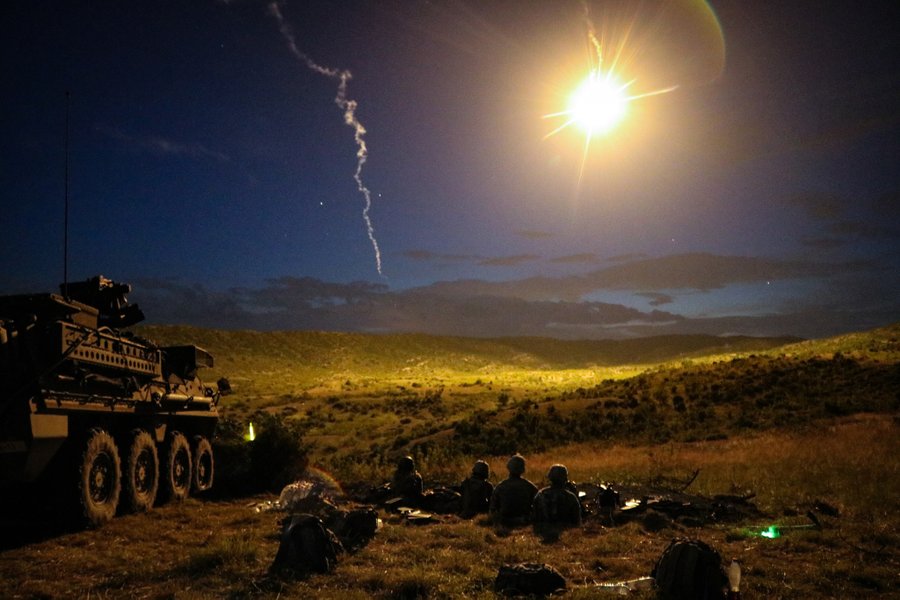
[1 of 7]
Here's an interesting footnote to this morning's #TDIDCH about the reactivation of the 10th Mountain Division 36 years ago today [at least WE think it's interesting]
[
The Division was set to reactivate on Fort Drum as the 10th Division.
Here's an interesting footnote to this morning's #TDIDCH about the reactivation of the 10th Mountain Division 36 years ago today [at least WE think it's interesting]
[
https://twitter.com/18airbornecorps/status/1360574447342682112]
The Division was set to reactivate on Fort Drum as the 10th Division.

[2 of 7]
No Mountain Tab for you!
According to Secretary of Army John Marsh, adding in the "Mountain" made no sense. After all, the 10th Division would be a standard division without any special capability.
Well, this infuriated10th Mountain Division veterans from WWII.
No Mountain Tab for you!
According to Secretary of Army John Marsh, adding in the "Mountain" made no sense. After all, the 10th Division would be a standard division without any special capability.
Well, this infuriated10th Mountain Division veterans from WWII.

[3 of 7]
Their argument made sense: This reactivated division in northern NY was going to carry the lineage of the WWII 10th Mountain Division. Therefore, it needed the WWII Mountain tab.
The Army's response was simple, direct, to-the-point: No
Their argument made sense: This reactivated division in northern NY was going to carry the lineage of the WWII 10th Mountain Division. Therefore, it needed the WWII Mountain tab.
The Army's response was simple, direct, to-the-point: No
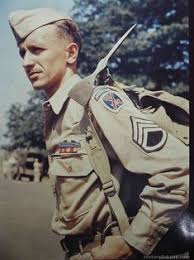
[4 of 7] The "bring back the Mountain tab" crowd found a champion in an American statesman and perhaps the Nation's most prominent 10th MTN Division veteran: Bob Dole, then the Senate Minority Leader.
[2LT Dole was seriously wounded in combat with the 10th MTN Division in WWII]
[2LT Dole was seriously wounded in combat with the 10th MTN Division in WWII]

[5 of 7]
One month before the 10th Mountain Division was to reactivate as the 10th Division, Dole sent this letter to Secretary of the Army John "Jack" Marsh.
Suddenly, Marsh saw things differently.
One month before the 10th Mountain Division was to reactivate as the 10th Division, Dole sent this letter to Secretary of the Army John "Jack" Marsh.
Suddenly, Marsh saw things differently.

[6 of 7]
Seven days later [NOTHING moves that fast at the top of the Army], Marsh ordered the redesignation of the reactivated unit from the 10th Division to the 10th Mountain Division and authorized the unit to carry forward its Mountain tab.
Seven days later [NOTHING moves that fast at the top of the Army], Marsh ordered the redesignation of the reactivated unit from the 10th Division to the 10th Mountain Division and authorized the unit to carry forward its Mountain tab.

[FINAL]
So this morning let's Climb to Glory, rub our Mountain tabs, and raise a cup of coffee to Bob Dole, WWII veteran, lifelong supporter of the American Soldier and advocate of the 10th Mountain Division.
So this morning let's Climb to Glory, rub our Mountain tabs, and raise a cup of coffee to Bob Dole, WWII veteran, lifelong supporter of the American Soldier and advocate of the 10th Mountain Division.

• • •
Missing some Tweet in this thread? You can try to
force a refresh


